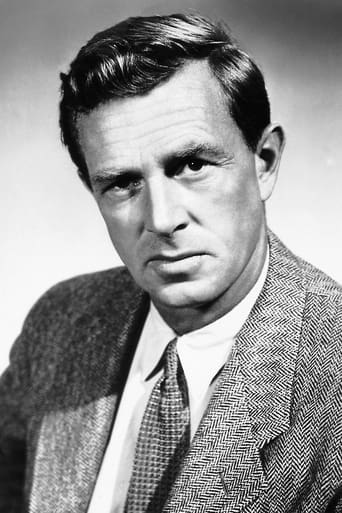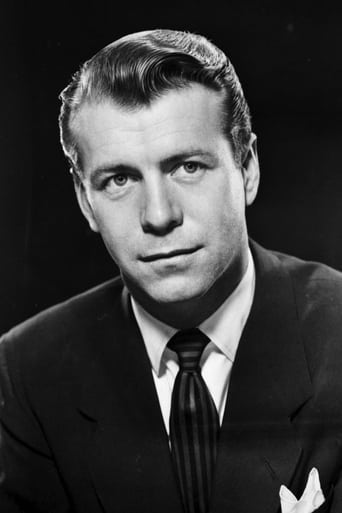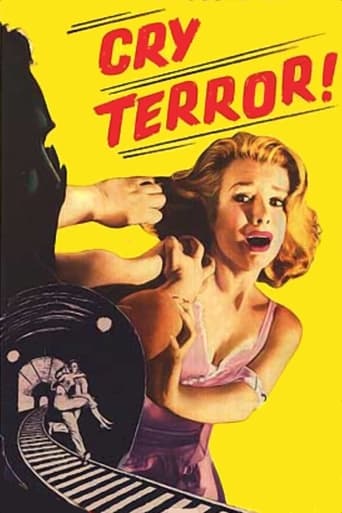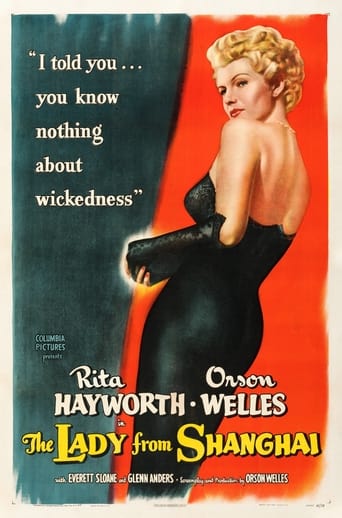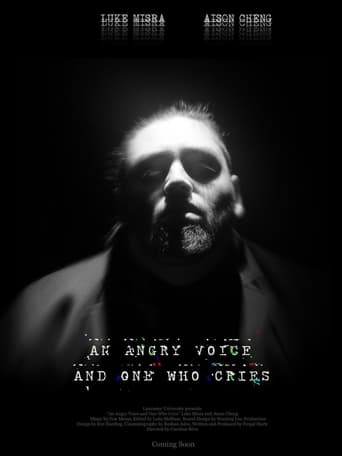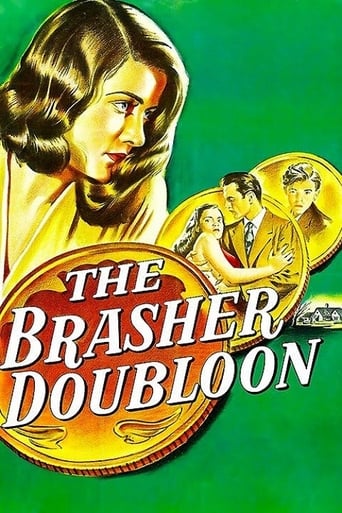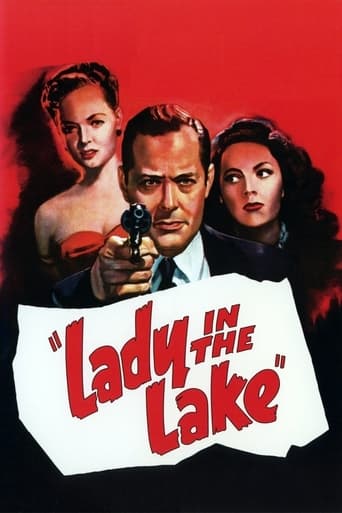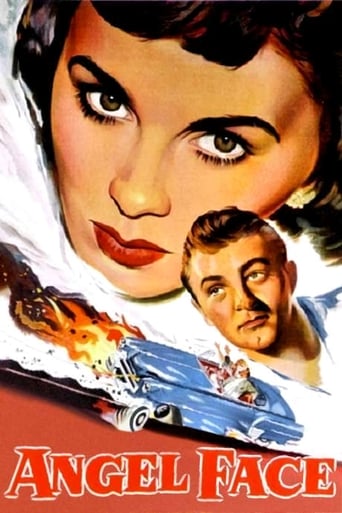

Crime Wave (1954)
Reformed parolee Steve Lacey is caught in the middle when a wounded former cellmate seeks him out for shelter. The other two former cellmates then attempt to force him into doing a bank job.
Watch Trailer
Cast
Similar titles
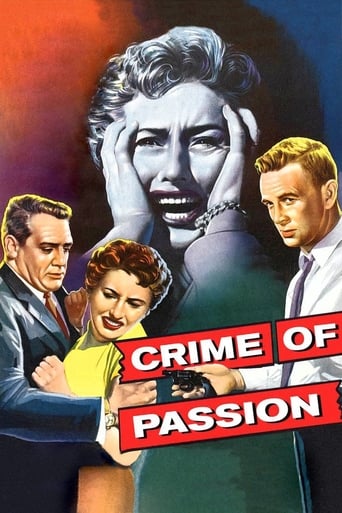
Reviews
Don't listen to the negative reviews
As Good As It Gets
The performances transcend the film's tropes, grounding it in characters that feel more complete than this subgenre often produces.
The film makes a home in your brain and the only cure is to see it again.
Crime Wave is directed by Andre De Toth and adapted to screenplay by Bernard Gordon, Crane Wilbur and Richard Wormser from the story "Criminal's Mark" written by John and Ward Hawkins. It stars Sterling Hayden, Gene Nelson, Phyllis Kirk, Ted de Corsia, Charles Bronson, Jay Novello and Timothy Carey. Music is by David Buttolph and cinematography by Bert Glennon. Ex-convict Steve Lacey (Nelson) finds himself reluctantly dragged into illegal activities when old criminal associates come calling and hold his wife Ellen (Kirk) hostage. Driven and unmerciful Detective Lieutenant Sims (Hayden) doesn't believe criminals can reform and goes after Steve with hard-nosed prejudice, putting the Lacey's well being in great jeopardy. Tough as old hobnail boots, Crime Wave is a noir caper awash with moral ambiguities and reformation quandaries. Set to the backdrop of a sweaty Los Angeles populated by grizzled coppers and psychotic thugs, de Toth marshals a fine cast through a screenplay ripe with interesting characters afforded quirky and beefy dialogue. The director, backed by top cinematographer Glennon, utilise the L.A. locations to the full, giving the plot a gritty realism that was often missing in other 1950s caper movies. Ace card in the pack is Hayden, given full license by de Toth, he stomps around like a toothpick chewing bear with a sore head, you do not want this Sterling Hayden on your case! Kirk deserves plaudits as well, as the fulcrum femme, she has to contend with not only Hayden's bullying of her husband, but also the mucky attentions of de Corsia's gang, headed by a wonderfully leering Bronson, she shifts through the emotional gears without histrionics and the characterisation is more believable because of it. Truth is is that all the cast work well under their director's guidance, even Carey's hyper attention seeking sits well in the context of the film's noir peccadilloes. A well stocked noir stew, boosted considerably by fine direction (why didn't de Toth do more noir?) and Hayden being on iconic form. 7.5/10
Andre De Toth directed this film noir, shot on real locations. Sterling Hayden stars as no-nonsense police detective Lt. Sims, who is on the trail of three recent prison escapees known to be in the area, since they held up a gas station and shot a motorcycle patrolman. A former con now trying to go straight(played by Gene Nelson) is contacted by both the fugitives and Sims for his help, but all he wants to do is live a quiet life with his new wife(played by Phyllis Kirk), which neither side is willing to do... Marginal film has effective location shooting but a bunch of mostly unsympathetic characters that it is difficult to care about. Charles Bronson costars as one of the hoods.
"Crime Wave" opens with a gang of criminals carrying out a robbery at a gasoline station, in the course of which a police officer is killed and one of the gangsters wounded. The wounded man makes his way to the home of Steve Lacey, a former associate of some of the gang, but dies before medical help can arrive. This turns Lacey's life upside-down. Although he is a former convict, he has been trying to start a new life; he has found an honest job as an aircraft mechanic and has married a woman who supports his determination to "go straight". Soon, Lacey is approached by the surviving gang members. Although he wants nothing to do with them, his fears for this own safety and that of his wife mean that he is forced to allow them to stay in his apartment and reluctantly agrees to assist them with a planned bank robbery.There are a number of similarities with another film noir, Sam Fuller's "Pickup on South Street", which came out the previous year. That film too had a central figure who was an ex-convict, and in both films the police are shown in a less that positive light. The police officers in "Pickup on South Street" are not idealised heroes but flawed characters with little compunction about bullying suspects or bribing informers to get information. The main police character in "Crime Wave", Detective Lieutenant Sims, is a similar figure, ruthless, hard-nosed and lacking in human warmth. Sims does not believe in the possibility of rehabilitation or reform, and hence is very suspicious of Lacey, even though his parole officer is willing to vouch for the young man's reformed character. A surprise development late in the film, however, does enable us to see Sims in a rather more sympathetic way.Director André De Toth was not primarily known as a noir director- he seems to have specialised more in Westerns- but here he reveals himself to have been a competent director of crime dramas, even an innovative one. He shot much of the film on location in Los Angeles, making use of both city landmarks such as City Hall and of more humble buildings. (The gas station which the villains hold up was, for example, a real one). This use of real city locations for added realism seems to have started a trend in film noir; one film said to have been influenced by this one was Stanley Kubrick's "The Killing", which used several of the same actors."Crime Wave" was made as a second feature, which explains why it is so short, at just over 70 minutes in length. De Toth, however, was able to turn the film's short running-time to his advantage, as it has a terseness and gripping sense of tension lacking in some more expansive dramas. A number of typical noir features are present, such as the moody black-and-white photography, with a number of scenes taking place at night or in low levels of lighting. (An alternative title for the film is "The City is Dark"). Another such feature is the sense of moral ambiguity hanging over the storyline, with an ex-convict turning out to be more heroic than the official guardians of law and order. The film does not, however, feature that stock noir character, the seductive but villainous femme fatale- the only major female character is Lacey's courageous and virtuous wife Ellen, played by Phyllis Kirk with her sweetly innocent, girl-next-door prettiness.I would not rate the film quite as highly as "Pickup on South Street", one of the greatest of all films noirs. There are no acting contributions quite on the same level as those of Richard Widmark, Jean Peters and Thelma Ritter in the earlier film, although Sterling Hayden is very effective as Sims. (Another well-known face is a young Charles Bronson, credited under his real name of Charles Buchinsky, as one of the gangsters). Fuller's film also has a greater moral complexity. Whereas Lacey is a reformed character who has gone straight and become a model citizen, Widmark's character, Skip McCoy, is at the beginning of the film far from reformed; in the very first scene we see him stealing a wallet from a young woman on the subway. Crime Wave", however, is a tense, well-paced and well-made crime drama, and for something which began life as a B-movie a remarkably influential one. 7/10
Aces all around. Too bad this crime drama came along in the twilight of B b&w because it's in the best tradition—fast, tough, and unsentimental. Director deToth is a perfect shaper with his cynical European style. So why do three city slickers stick-up a penny ante filling station, and kill a cop in the process. Because they're prison escapees, it turns out, and on their way to a big score in LA. But first, they have to conscript an ex-con as their flyboy getaway. Meanwhile, of course, the LAPD takes a dim view of such goings on.Can't help thinking Kubrick caught this flick since so much of the cast, story and LA locations show up in his classic heister, The Killing (1956). Speaking of not getting their due, Hayden is one of the most unusual presences of the period. With his gaunt features, shambling gait, and world-weary air, he towers over movies of the period. Without saying a word, he's clearly not a cop to fool with. But, oddly, it's really Jay Novello who gets a rare chance to shine. A familiar milk-toast presence from a hundred different shows, he rifles the pockets of the dead here, a slimy character until he lovingly takes care of the sick doggie—too bad it's too late for both.Then there's that combo out of some movie inferno— the real life lunatic Timothy Carey mugging it up mercilessly, along with real life hard case Charlie Bronson getting some practice in. The real life nightmare, however, is leaving your wife with a drooling nut case like Carey as happens here. Now what sane guy would do that. Speaking of girls, I'm wondering where I can find one like the sweater-wearing cutie, Phyllis Kirk. No wonder Carey is drooling.Anyhow, it's a heckuva good little crime meller with all kinds of colorful touches. I'm just glad deToth held his ground against the studio. Putting stars like Bogart and Ava Gardner in this would have meant the star treatment and not the gritty little sleeper B-movie fans so treasure.
